 |
Success from the Field Series
Sauk County: RCPP Reduces Erosion in the Baraboo River Watershed
Fourth generation farmers, Joe and Jon Meyer, are brothers who farm 1,200 acres and milk 400 Holstein cows together in the Baraboo River Watershed. They produce a variety of crops using no-till including corn grain, corn silage, soy-beans, alfalfa, red clover, wheat, oats, and cover crops.
Read more (804 KB pdf)
|
 |
Success from the Field Series
St. Croix County: Students Plant Seeds to Benefit Pollinators
Students from across St. Croix County volunteer to plant seeds to benefit pollinator species during Earth Day, and other pollinator project days (Spring Valley and Willow River).
Read more (1.3 MB pdf)
|
 |
Success from the Field Series
Brown County: Rotational Grazing Affords Easy Profits, Less Work
Tom Krueger, landowner of 155 acres in Denmark, Wis., rotationally grazes on land he grew up on. With the help of NRCS, Tom was able to set up an entire infrastructure of a pasture system, including fencing and watering locations.
Read more (939 KB pdf)
|
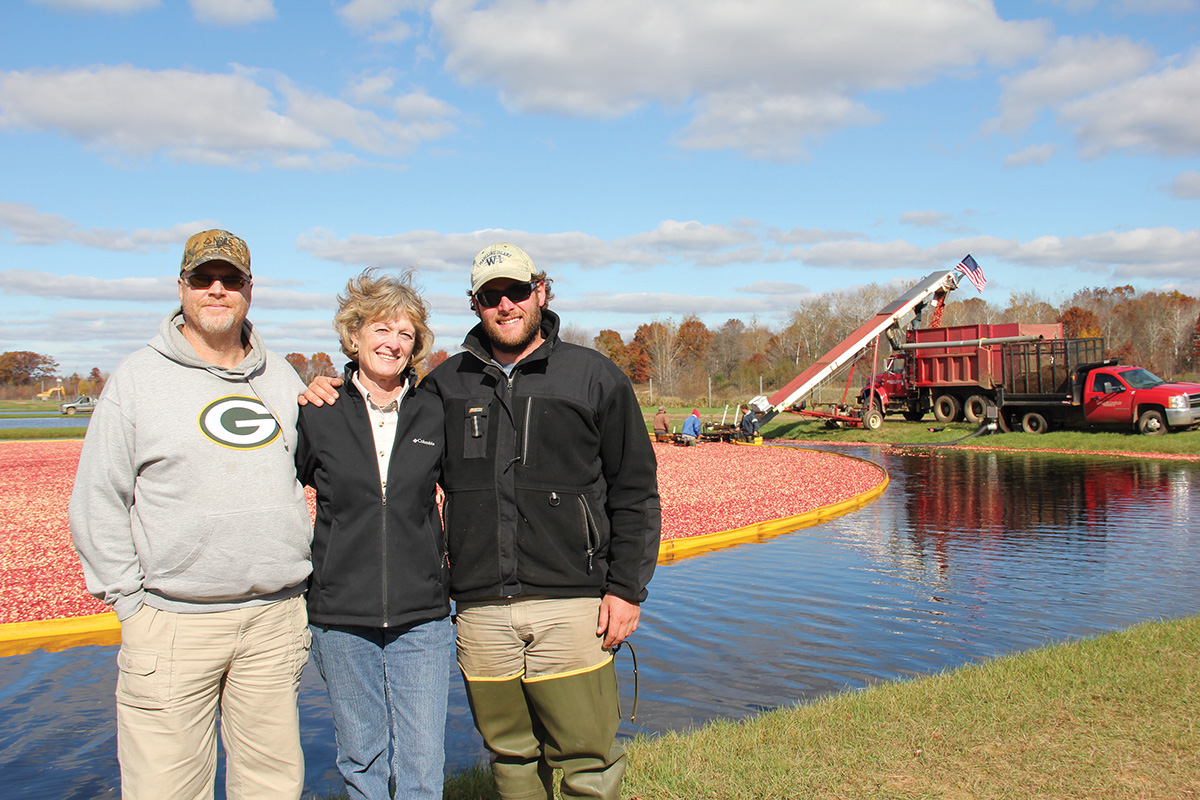 |
Conservation Planning, EQIP, CSP, Forest Management
Cranberries at the Heart of Cranmoor: Native Fruit Thrives at Glacial Lake Cranberries
Glacial Lake Cranberries, located in Cranmoor, Wis., was established in 1873 by the Arpin family. the property was originally purchased for a lumber business, but the owners found wild cranberries growing and decided to raise them instead.
Read more (3.9 MB pdf)
|
 |
Success from the Field Series
Rock County: Volunteer Efforts Restore Habitat for Rare Species
The Green-Rock Audubon Society restores, preserves, and protects the environment. Through a partnership with NRCS, they are making concerted efforts to restore natural communities present on the land they manage.
Read more (1.3 MB pdf)
|
 |
Success from the Field Series
Green County: Waste Separation and Soil Health Benefits
The Truttmann family has been dairy farming since 1899. They've recently upgraded their waste handling processes with a waste separation system and are actively working to improve their farm's soil health.
Read more (529 KB pdf)
|
 |
Success from the Field Series
Clark County: No-Till Dairy Farming
The Black River Ranch bought a no-till corn planter in 1993 and since then, have been no-tilling every crop on their 380 acre dairy farm. They are also experimenting with different cover crops.
Read more (1 MB pdf)
|
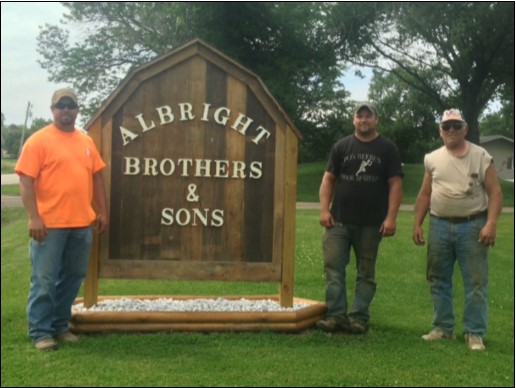 |
Success from the Field Series
Winnebago County: Farmers See Benefit of No-Till
and Cover Crops
Albright Brothers and Sons, LLC has been farming in Omro, Wis., since 1948. Several years ago, brothers, James and David, passed the farm onto their two sons, Jamie and Casey.
Read more (573 KB pdf)
|
 |
Success from the Field Series
Ashland County: High Tunnels Take Hold in Northern Wisconsin
High tunnels are simple greenhouse structures typically un-heated and used primarily to improve the quality and quantity of summer vegetable production while extending the growing season in the spring and fall.
Read more (813 KB pdf)
|
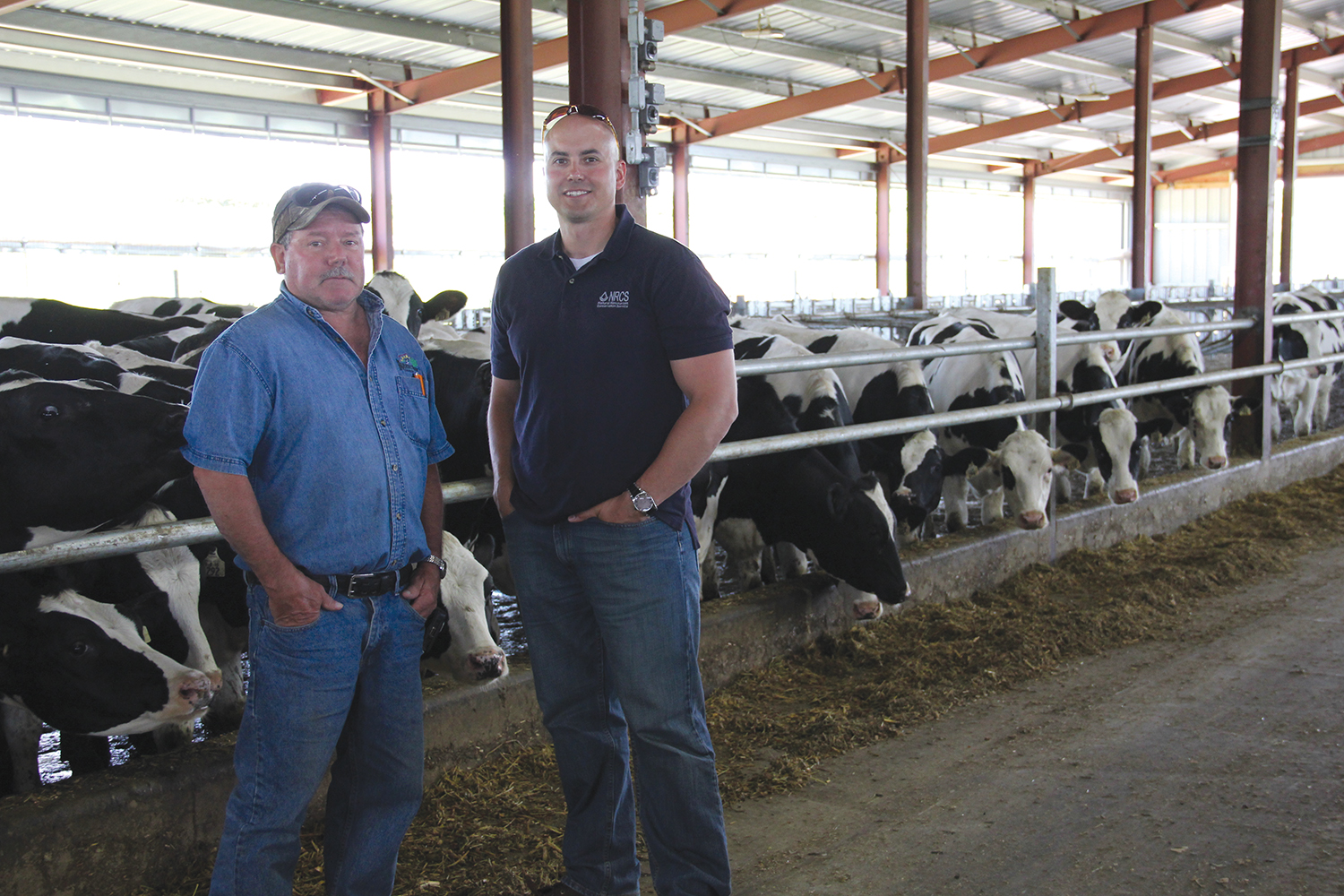 |
Conservation Planning, EQIP, Cover Crops, Contour Strips
Majestic Views on a Contour Farm: Dairy Farmer Promotes Sustainability
Ron Abing and his wife, Terri, started farming in 1983 as part of a 50/50 partnership with John Haskins, a family friend. The farm is now known as Majestic View Dairies, LLC., located in Lancaster, Wis.
Read more (3.9 MB pdf)
|
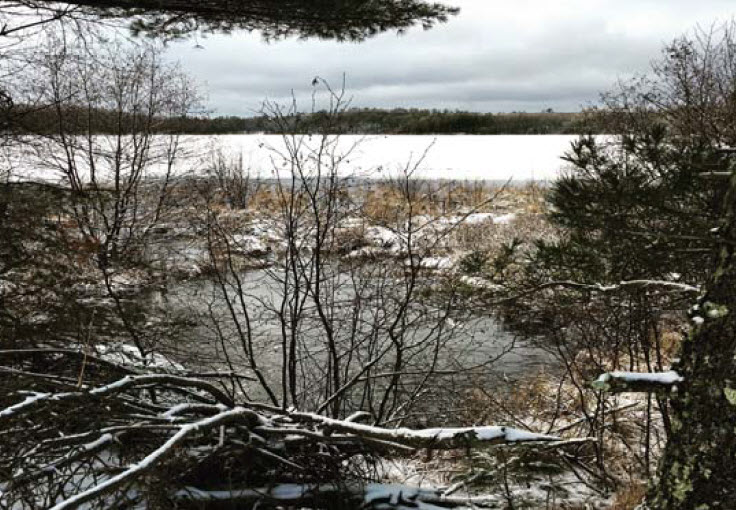 |
Success from the Field Series
Vilas County: A Place of Solitude
The Epperson property includes 200 acres of forestland surrounding 120‐acre Erickson Lake in Arbor Vitae.
Read more (366 KB pdf)
|
 |
Success from the Field Series
Taylor County: Planning is Key to Grazier's Success
The Bolstad family utilizes managed grazing for feeding
approximately 80 dairy cattle throughout the growing
season along with a herd of replacement heifers.
Read more (170 KB pdf)
|
 |
EQIP, CSP, Organic Dairy Farm, Contouring
Conservation in Focus: Organic Dairy Farm Involves Entire Family
Tim Servais, of Hamburg Hills, is a second generation farmer. His father bought the Vernon County farm in the early 1970’s and started with 23 cows.
Read more (3.1 MB pdf)
|
 |
Demonstration Farm, Education, Cover Crops
Partners in Conservation: Red Cedar Demo Farm Offers Hands-On Education
The Red Cedar Demonstration Farm, in Menomonie, Wis.,
is a 155 acre, three parcel farm, leased by partners to educate and demonstrate conservation of natural resources.
Read more (4.9 MB pdf)
|
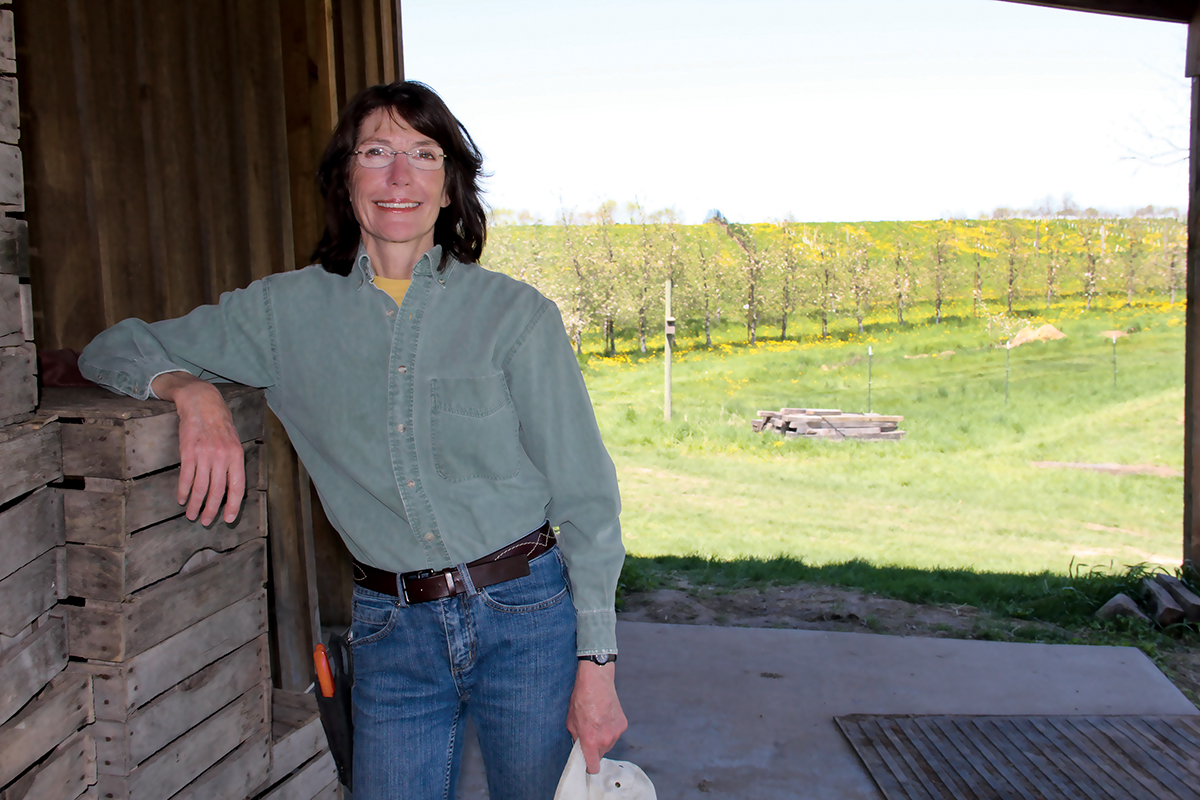 |
EQIP, CSP, Organic Orchard, Pollinators
Depending on the Wilds to Pollinate: Organic Orchard Grower Makes Conservation Impact
After a hard day’s work out in the orchard, there’s nothing like enjoying a glass of cider from the apple trees you hand grafted yourself. Deirdre Birmingham can do just this; she operates an organic hard cider orchard full time and is also an avid educator.
Read more (1.8 MB pdf)
|
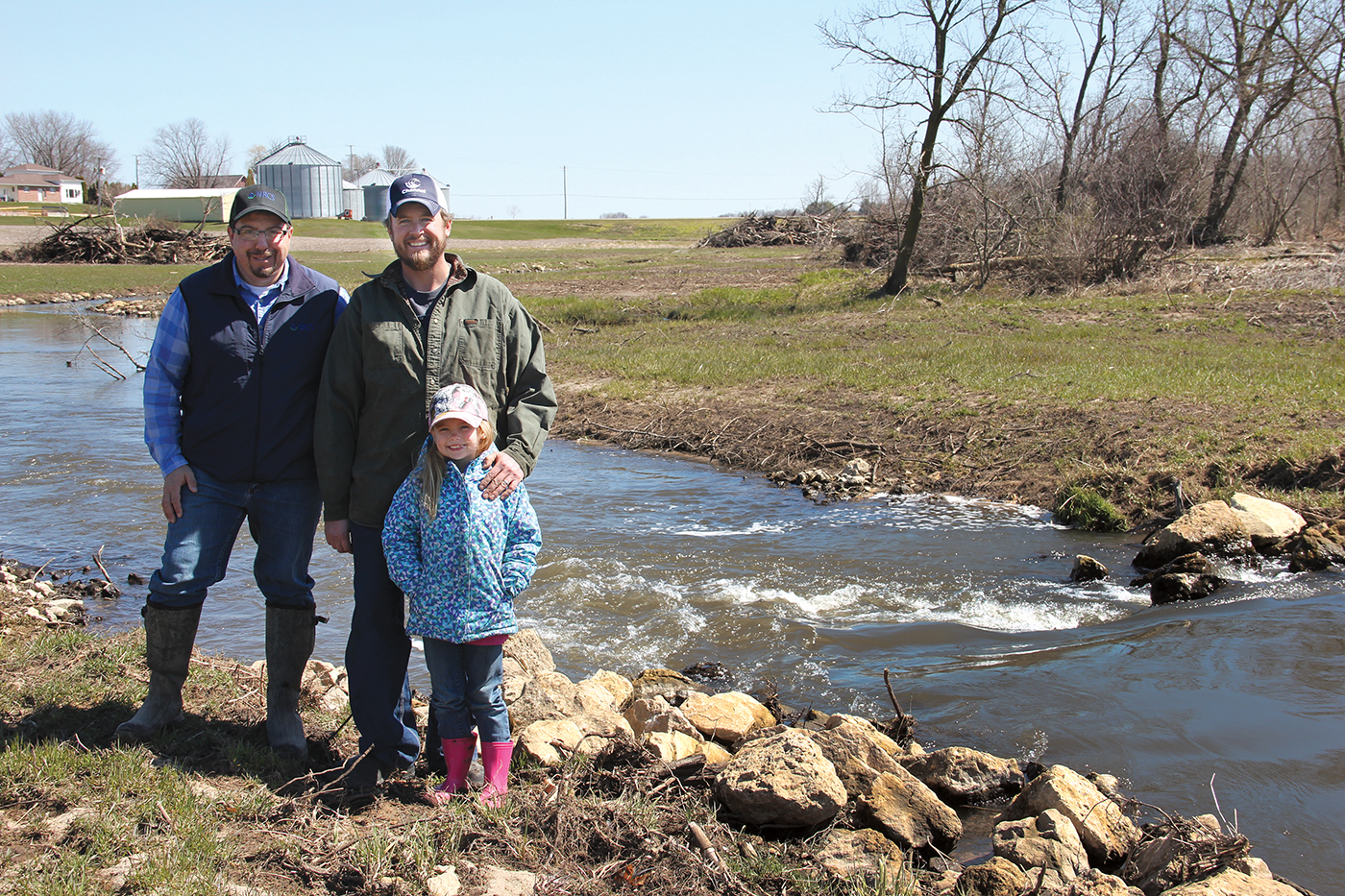 |
EQIP, CSP, Streambank Restoration, Cover Crops
Restoring the Little Lemonweir: Farmer Revitalizes Stream Habitat
Nate Bell, of Juneau County, Wis., is a third generation crop farmer who's been riding in a combine since he was three years old. Bell's grandpa bought the farm in the 1940s, and Nate always wanted to continue the family tradition.
Read more (5.1 MB pdf)
|
 |
EQIP, Honey Bee Pollinator Effort
Sweet Success: Beekeepers Restore Pollinator Habitat
Tim McDonald, of Blue River, Wisconsin, has been a bee keeper for the past 25 years. He recently restored 48 acres of his property to include natural habitat for bees through the NRCS-EQIP.
Read more (2.6 MB pdf)
|
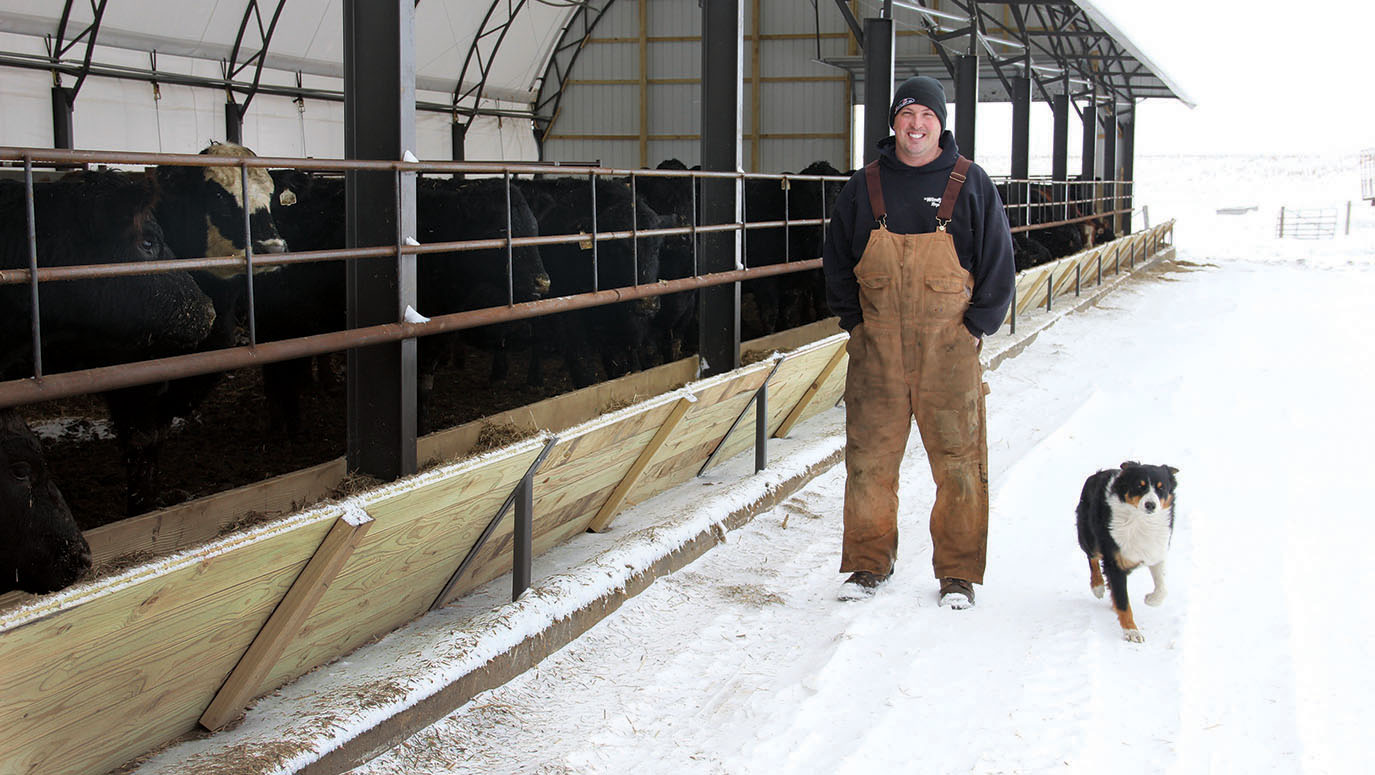 |
EQIP, CSP, Beginning Farmer
Sustainability at its Best: Beginning Farmer Revitalizes Former Mining Land
Dan Shelliam, of Lafayette County, Wisconsin, grew up on a farm and started milking cows when he was 15. In 2000, he started farming full time and subsequently signed up for the NRCS Beginning Farmer Program.
Read more (3.7 MB pdf)
|
 |
EQIP, CSP, Tribal Partnership
State-of-the-Art Aquaculture Site Built for Walleye Rearing: Lac du Flambeau Tribe Raises and Restocks Fish
The Lac du Flambeau Tribe has inhabited the Lac du Flambeau, Wisconsin, area since 1745. The Tribe acquired the name from its gathering practice of harvesting fish at night by torchlight.
Read more (2 MB pdf)
|
 |
EQIP Cooperative Agreement
Hmong Community Gardens in Harmony with the Land
A collaboration with the Eau Claire Area Hmong Assistance Association in Eau Claire, Wisconsin, sparked a
successful community garden project through a cooperative agreement with the NRCS.
Read more (1 MB pdf)
|
 |
EQIP, Honey Bee Pollinator Effort, CSP, CRP
Preserving Woodland Dunes Habitat: Small Non-Profit Proves Huge Impact in Community
Woodland Dunes Nature Center and Preserve, located between Manitowoc and Two Rivers, Wisconsin, was founded in 1974 by local people who wanted to preserve forested wetlands for wildlife, especially songbirds.
Read more (2 MB pdf)
|
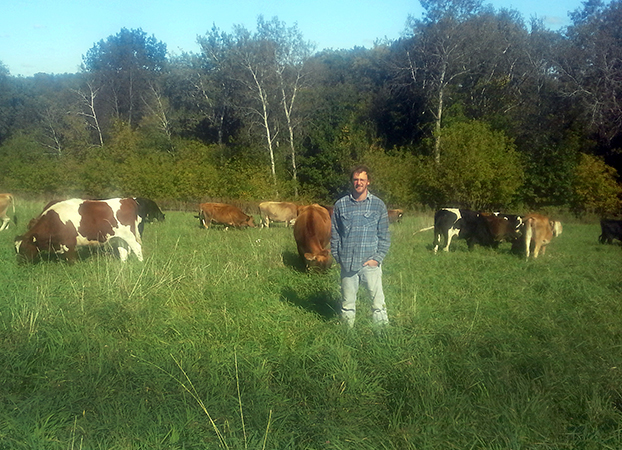 |
EQIP- Grazing and the Honey Bee Pollinator Effort
The Living Land Remembers, Treat it with Care: Beginning Farmer Revives Legendary Land
Reed Fitton, of Gays Mills, Wisconsin, is a beginning farmer who has the opportunity to rent and farm a legendary piece of property known as the Ben Logan Farm. Reed strives to work the land by adhering to Logan’s principles in the 1975 book, The Land Remembers.
Read more (2 MB pdf)
|
 |
Great Lakes Restoration Initiative
Hard Work Pays Off: Nettekoven Farm Produces Healthy, Nutrient-Rich Food, While Preserving Land for Future Generations
Some people are born to farm. Others grow to love it. Greg Nettekoven was born into a farm family; and he and his wife, Karon, have grown to love farming. Greg is a second generation farmer who grew up working on his family's 760 acres of tillable land.
Read more (290 KB pdf)
|
| Read more Wisconsin Conservation Success Stories from previous years. |